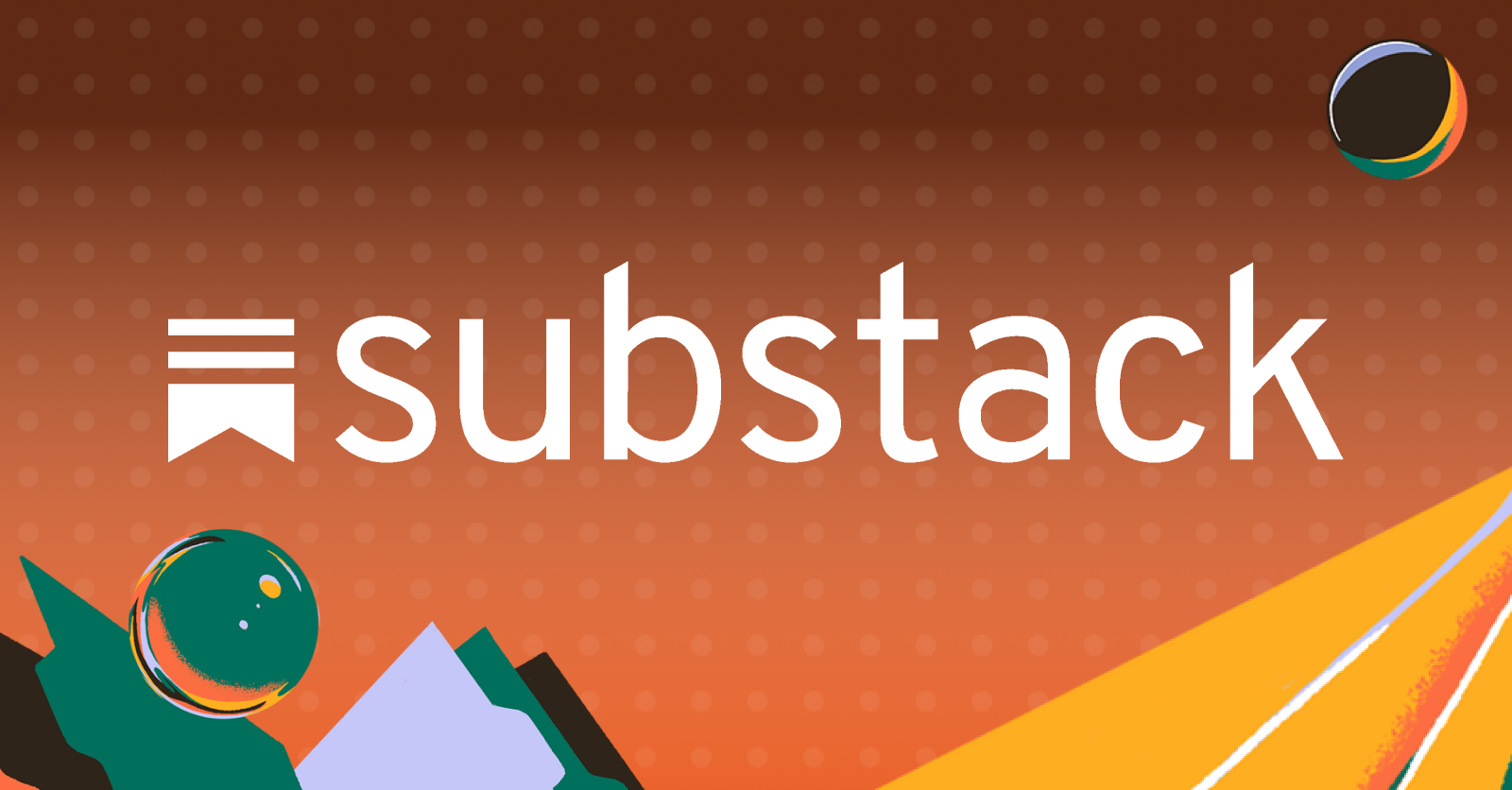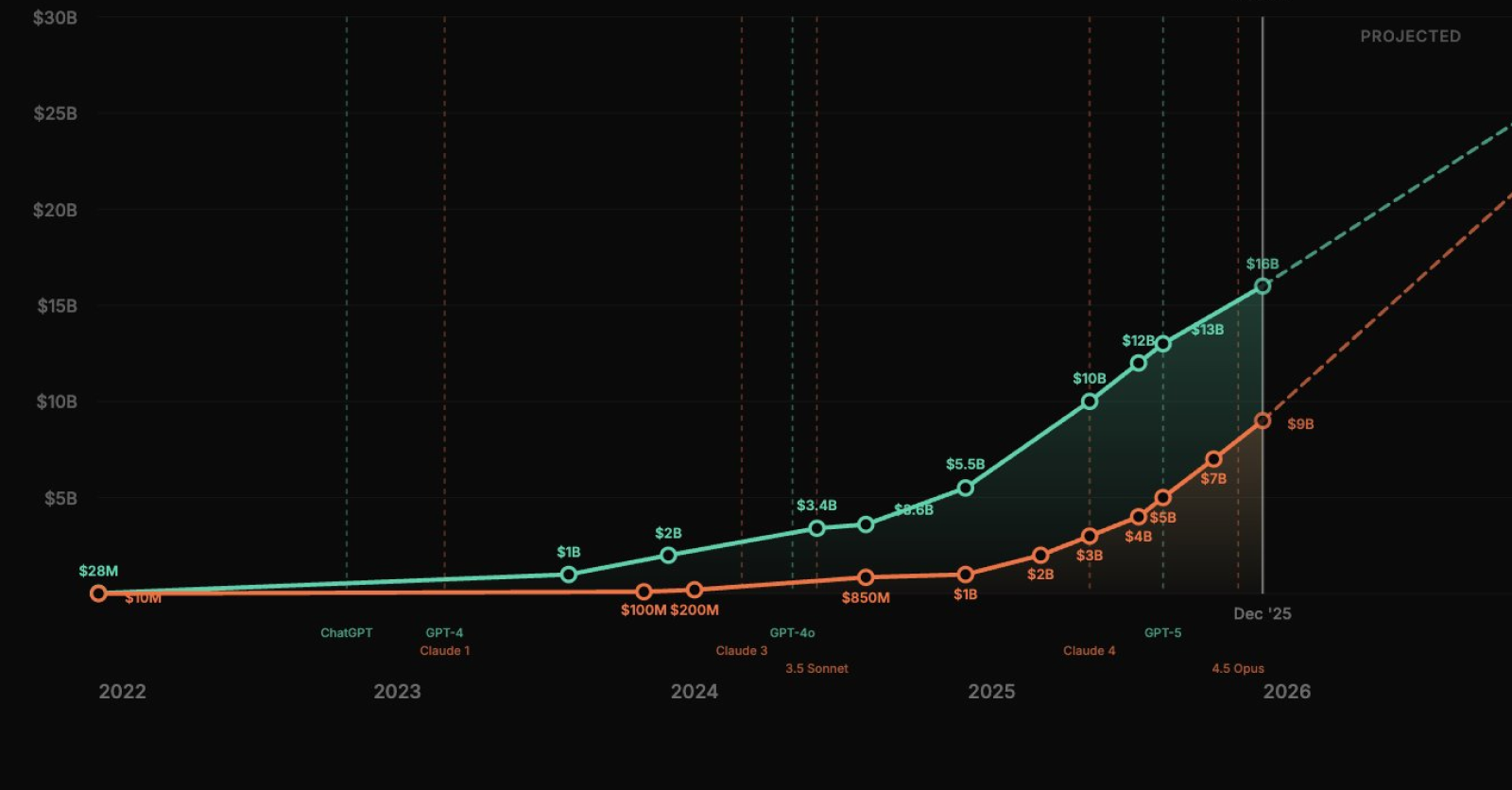The Broken Promises of Substack
Substack promised independence, but has evolved into another platform playing the same game as everyone else. The crab always becomes a crab.

Earlier in July, Substack announced a $100M funding round, bringing its valuation to $1.1 billion.
Substack has built an entirely new media ecosystem by enabling reporters and influencers to monetize their audience longing for long-term writing. People share links and discuss pieces from Eric Newcomer’s Newcomer, Bari Weiss’s The Free Press, Richard Rushfield’s The Ankler, Gergely Orosz’s The Pragmatic Engineer, Lenny Rachitsky’s Lenny’s Newsletter, Matthew Yglesias’s Slow Boring and thousands of other blogs. Many of these projects have grown into mini-media companies with staff, essentially rebuilding the publications their founders once left.
Substack now has more than 50 creators who are making millions of dollars per year on the platforms. In total, they boast 500,000 creators, more than 5 million paid subscribers, and have about $45 million in annual recurring revenue. Their domain got more traffic than than The Wall Street Journal and CBS News in June 2025.
But building this ecosystem at scale has forced Substack to abandon some of its original promises.
Portability of Audience
Substack’s original pitch was independence. Writers owned their mailing lists, controlled their billing via Stripe, and could leave at any time.
Chris Best, Substack’s co-founder, said on the interview with The Verge in Dec 2020:
Another way we do that is we mean it when we say we’re helping writers go independent, and they own their content and they own their contact point with their audience, which means that you can leave. If you’re a writer and you build up your following and your subscriber base on Substack, you can take it away. <…> Start a blog, an email newsletter, have people subscribe directly to somebody you trust. You own your content, you own your audience.
This changed in March 2022, when Substack introduced its app that consolidates subscriptions in one place rather than dispersing them separately via email. Unlike the usual email subscribers, the followers who signed up through the app can’t be exported, creating a powerful lock-in. For many writers, it could be up to a third of their audience. Ben Thompson, whose Stratechery newsletter directly inspired Substack, wrote then that Substack has gone from being a “Faceless Publisher” behind the scenes to trying to put “the Substack brand front-and-center,” building up its app as a destination on the backs of writers.
Just a few days ago, Substack also launched in-app payments for all writers on iOS. It is true, that they can only launch it for everyone or noone, but this creates yet another lock-in. Unlike with Stripe, you can’t export your paid iOS subscribers.
No Algorithms
Substack positioned itself as the anti-platform. No algorithmic feeds, just direct connections between readers and writers.
On the same interview, Chris said:
If you don’t like the stuff that you’re seeing there, you have this really good remedy, which is [to] hit the unsubscribe button. A lot of the worst problems that content moderation addresses on other platforms is the spread of content that is bad, because basically your algorithmic feed is serving as an editor, whether you think of it that way or not.
Back in 2021, Chris wrote on his own substack:
For writers, this means being able to control their relationships with their audience instead of being mediated by fickle corporations whose algorithms decide what gets the most attention.
But in 2023, Substack launched Substack Notes, it Twitter replacement, which uses an engagement-driven algorithm that prioritizes likes, replies, and reposts to boost visibility. More recently, it expanded even more in the social network aspect, launching vertical videos and a $20M “creator accelerator fund” to attract TikTokers.
No Ads
Originally, Substack positioned heavily against ads. Here’s a comment made by one of their employees in 2022:
We aren’t in the attention economy here. No ads. We only make money when writers make money and decide to turn on paid subscriptions.
Then, in 2025 Hamish McKenzie, another co-founder of Substack, told DigiDay:
“For us, advertising is an interesting business. Maybe some way off in the distant future.”
Content Moderation
Substack’s founders long argued that they solved moderation by design. But as soon as Substack built recommendations, it inherited the same problems as every social network.
That interview Chris gave to Nilay Patel is an extremel useful benchmark to track changes in their thinking and approach:
A lot of the worst problems that content moderation addresses on other platforms is the spread of content that is bad, because basically your algorithmic feed is serving as an editor, whether you think of it that way or not. And I’m getting bad crap in my Facebook feed because some uncle of mine liked it or because it’s getting engagement. That problem doesn’t exist on Substack in the same way. I think we can and should do discovery, and it’s just important for us to do it in a way that takes advantage of the model that we have, and of the fundamental promise of Substack. <…> Because the whole value of Substack is the direct relationship between readers and writers. If we did discovery in some cheap way that might be like, what would work best on YouTube, it would be easy for us to blindly violate that and kill the thing that makes Substack good.
In July 2025, Substack sent a push alert to some users promoting a Nazi blog called “NatSocToday”, which featured a swastika logo and content pushing Holocaust denial. This is the direct result of Substack engaging with recommendations in order to help authors grow their newsletters. If you write on Substack, you might get more subscribers, but your brand will be used to promote other authors as well, even if you might disagree with them.
Substack has stumbled into Nazi-related controversy before (not a phrase you’d want to hear about yourself!). In 2024, criticism of its content-moderation policies prompted publications like Platformer to leave. In my view, that case was a bit overblown and I generally agree with the Pirate Wires’s explainer. Ultimately, Substack had to remove a number of authors involved in this.
What is the appropriate layer of the Internet stack for moderation and censorship is an important question, the one Substack’s founders like to discuss a lot, but it’s a different question here. The only reason for this latest accident is Substack giving recommendations in the first place.
In practice, Substack now functions much like any other social network. But unlike Facebook or Twitter, simply hosting an author on Substack carries a kind of implicit endorsement. That aura makes its laissez-faire moderation stance harder to defend: the company insists on First Amendment absolutism, yet its recommendation systems inevitably entangle it in the politics of promotion.
My goal here is not to attack Substack but highlight the compromises they made while implementing their original vision. It’s the endless dilemma for social products and as we see subscriptions alone don’t ultimately solve it.
Carcinization is a process where various crustaceans repeatedly evolve into crabs. There must be a similar “law” that all content platforms evolve into algorithm-driven social networks with powerful recommendation engines — or perish.
Earlier this month, Ghost, an open-source publishing platform, reported that publishers earned over $100M in subscription through their platform. Impressive, but it took them 12 years to get here and their entire model for paid communities was introduced in 2019 directly inspired by the growth of Substack.
So why do authors still go on Substack?
Because they see the value in this. On August 21, 2025, Mika Solana announced Pirate Wires are integrating back with Substack in an email:
I do recommend downloading the Substack app if you don’t already have it. The app will grant you a lot of new Pirate Wires content. All of our writers will be pretty active on Notes (social posts on Substack) moving forward, and I’ll be going live myself (a kind of video chat, sometimes solo, sometimes with my team, sometimes with other popular writers on Substack) on and off all week. I’ll also be posting my little heart out.
I’ve learned a lot about media these past few years. I grew my subscriber base with Substack in the early days as a single writer, and I grew my subscriber base without Substack, on my own, with a full team. The latter was more difficult, as I knew it would be, but I traded the Substack audience for complete creative control of my company.
It was a no brainer decision. Substack tools are incredible. Their CMS alone would be a compelling reason to build with them, but their entire publishing backend is beautiful, and their growth network is unlike anything else in the business. I’ve watched people leave Substack in a huff and immediately die (couldn’t be me). I’ve watched people grow on Substack and somehow not understand the degree to which the Substack growth engine was the reason. And now that I can reenter on precisely my own terms? It’s a new era for the Pirate Nation, tbh.
Alternatives
Substack’s greatest risk has always been writers leaving. A 10% fee (plus Stripe’s usual fee) in exchange for someone handling all the tech, subscription and mailing blasts sounds great at first, but as authors grow big and get to a couple of hundred thousands a year in income, they start looking more and more at this annoying little line in their P/L.
With Pirate Wires, Solana treated Substack as the as a launchpad before spinning out. Some other writers left citing the company’s moderation policy, like Casey Newton with Platformer, or because they couldn’t turn it into a reliable income stream. Every, originally known as The Everything Bundle, evolved into a full-fledged media company that needed its own technology.
For most authors, Substack is still the best bet.
Now, setting up your own blog is easy; I covered the options before. You could even run a free static website, but the two main hurdles are newsletters and paid subscription. As the world largely abandoned RSS (the “pull” model), email newsletters have become the most reliable way to connect to your readers directly, but it’s the “push” model that requires far more work. Sending and delivering mass email reliably is difficult and you will probably have to pay someone else to do so. Subscriptions push the complexity to yet another level.
Substack is still a very good option because you, as an author, don’t have to pay anything (except for your own domain name). What if you want more control though? At the end of it, all Substacks look like Substack, which has been another point of critisism.
Substack’s brand has become an asset for writers. They practically turned substack in a new noun (which heavily annoys many people). And it helps conversions, because readers already know what Substack it, how to subscribe and why they might want to pay for it. The funnel is also highly optimized for moving visitors to free subscribers and then paid subscribers flow. The trade-off is uniformity: every substack looks like every other substack, which can make individual blogs feel less distinct.
Substack has two very direct alternatives in the form of Beehiiv and Ghost. Beehiiv was built by the technical people from Morning Brew and provides vast customization capabilities with custom websites, custom newsletters, analytics, and API access. In return, you have to pay subscription for access to advanced features, but it provides a lot even at the free tier so you can pay $0 until you hit 2,500 subscribers.
The beauty of Ghost is that it’s a free open-source software that you can deploy yourself. But there’s the catch with actually sending newsletters, which is still challenging. If you care about it, the best option is to go for their platform offering, which immediately starts at $18 a month. But the starter tier doesn’t even support custom themes or over 1000 subscribers, so it’s more like $35 for the “Publisher” tier. Good for publishers, a bit pricey for regular bloggers.
Another less known is Buttondown, which I’m using to send out fresh posts from my blog. It’s a bit more geeky and basic, but has some nice features, including paid subscriptions, and until you get to 1000 subscribers it costs $9 a month.
If you are an aspiring writer aiming to build a large audience and sell content online, all of these might work, but Substack might be the easiest option to start because of its zero price and awareness. Still, even a couple of paid subscribers will nullify the costs of any other platform for you. That’s why Substack remains sticky: the entry cost is zero, the growth engine is real, the aura of legitimacy is powerful. But they will lock you in. If you build a large thriving newsletter on Substack, it’s a great thing in itself, but it will be quite hard for you leave. Both Beehiiv and Ghost are much more independent alternatives.
That doesn’t necessarily mean you will be successful. Most blogs on Substack earn nothing. Most blogs on the entire web earn nothing. But if you aren’t sure or don’t want to commit for all eternity, Substack and Beehiiv are probably the easiest place to start for non-technical people. Because email is how most people consume text content these days.
Substack promised independence, but has evolved into another platform playing the same game as everyone else. The crab always becomes a crab.




